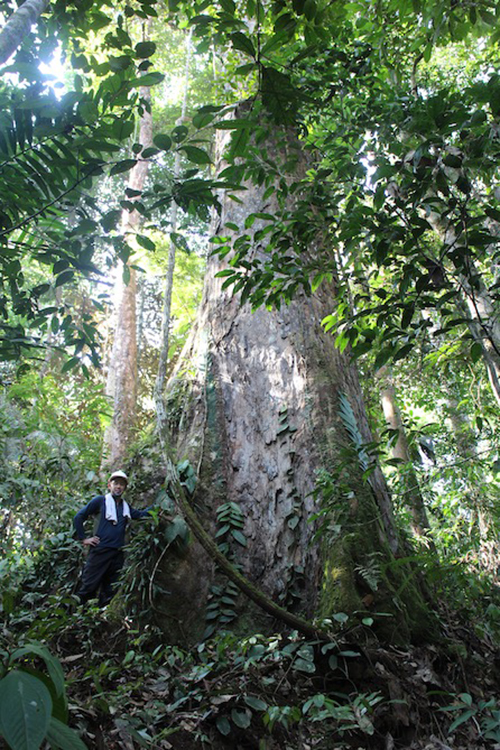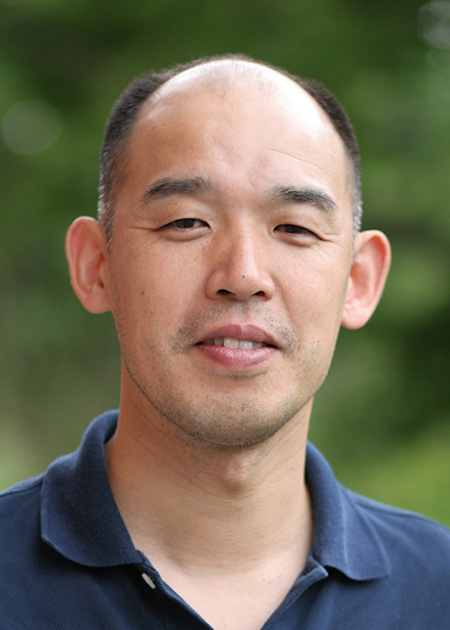| Name | SUYAMA Yoshihisa |
|---|---|
| Position | Professor |
| Tel | +81-229-84-7359 |
| Fax | +81-229-84-6490 |
| suyama*tohoku.ac.jp (Please replace * with @) | |
| Research Interest | Forest molecular ecology, Conservation Genomics |
| Career | BSc, College of Agriculture and Forestry, Univ. of Tsukuba (1987); Ph.D., Graduate School of Agricultural Sciences, Univ. of Tsukuba (1992) Research Experience: Postdoctoral fellow, Forestry and Forest Products Research Institute (1992–1995); Research Associate, Institute of Biological Sciences, Univ. of Tsukuba (1996–1999); Assistant Prof. (1999–2003), Associate Prof. (2003–2020), Prof. (2021–), Graduate School of Agricultural Science, Tohoku Univ. |
| Research map | https://researchmap.jp/read0047486?lang=en |
| Research Projects | |
|
I have been conducting research on forest molecular ecology for the conservation and genetic diversity of the world’s forest plants and endangered species. Through these efforts, I would like to understand the ecology and diversity of living organisms left in the world and build the next generation that coexists with its richness. <Research Theme> 1) Conservation Genomics: population genomic analysis for conservation of endangered species 2) Molecular Phylogenetics: comprehensive distribution survey and DNA analysis for global biodiversity conservation 3) Population Genomics and Molecular Phylogeography: population genomic analysis for conservation of local genetic diversity 4) Development of Next-generation DNA Analysis Methods: highly accurate DNA identification for protecting the rights of cultivar breeders  | |
| Research Seeds | |
|
New next-generation DNA sequencing method for molecular phylogenetic analysis The MIG-seq method (Suyama & Matsuki 2015), a new genome-wide DNA sequence analysis method, can be used for population genetics, phylogenetics as well as identification of individual organisms, populations, species. In 2022, we improved this method and developed a method to easily acquire the sequence information of multiple molecular phylogenetic markers by next-generation sequencing technology, and published these as complementary combination technologies (Suyama et al. 2002). https://doi.org/10.1038/srep16963 https://doi.org/10.1111/1440-1703.12270 | |




